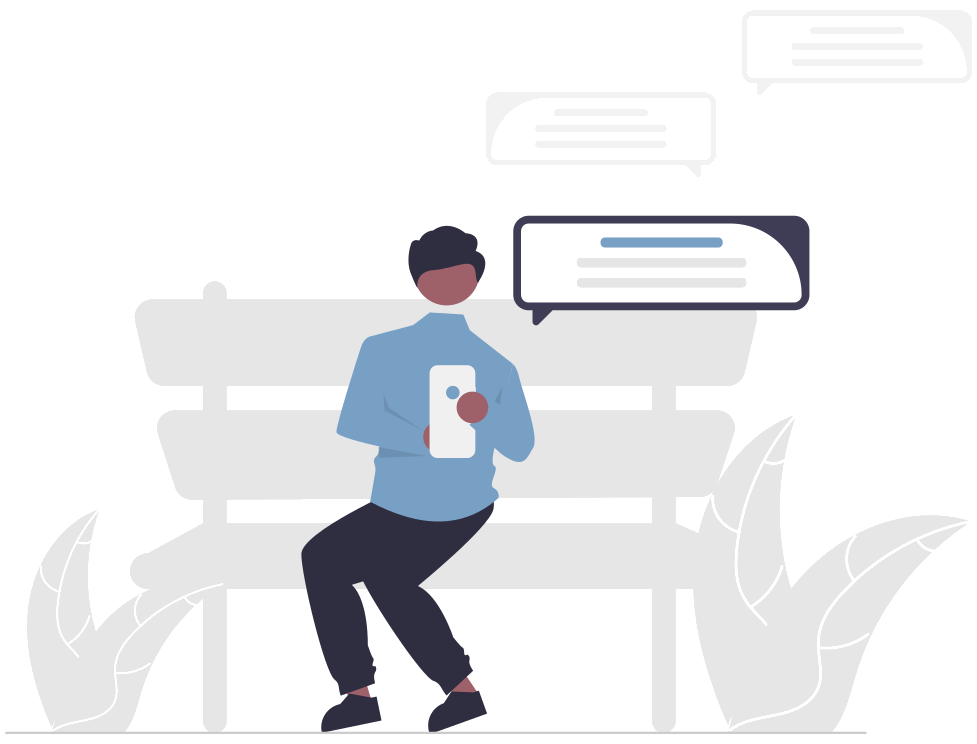Generally, calcification of a coronary artery is at the root of a heart attack or heart attack. At the site of the calcification, the vein clogs up, which can easily cause a blood clot to form. When this cuts off the blood and oxygen supply to the heart muscle tissue, a heart attack occurs. Cardiovascular diseases with the heart attack in the lead, are the main cause of death in Belgium. Chronic stress is often one of the co-causes.
Risk factors for a heart attack
The risk of arteriosclerosis - and thus of a heart attack - increases in men from the age of 35, in women only after the menopause. Moreover, the calcification is promoted by various factors.
Increased cholesterol levels
If the cholesterol level is higher than 240 mg per deciliter of blood, the risk of a heart attack is twice as high as with a value of less than 200 mg/dl. Men between the ages of 35 and 65 and women between the ages of 45 and 65, it is best to have their cholesterol checked every five years.
Increased blood pressure
More than 14 cmHg of upper pressure (Hg stands for mercury) and more than 9 cmHg of lower pressure, indicate hypertension. The higher it is and the longer it persists, the greater the chance of calcification. Because elevated blood pressure often does not cause physical symptoms, it is advisable to have your blood pressure checked regularly.
Smoking
Smokers have twice the risk of cardiovascular disease. However, the frequent inhalation of tobacco smoke, so-called passive smoking, also has a negative impact on the heart and blood vessels.
Obesity
Obesity not only increases the risk of cardiovascular disease, it can also trigger other risk factors, such as diabetes and hypertension.
Lack of physical activity
Those who do not exercise enough risk both extra body weight and excess blood fat. Exercise keeps the heart in shape and has a beneficial effect on many other risk factors.
Stress
Negative stress that interferes with functioning should not be allowed to continue for too long. That is why it is important to solve problems in time or to learn to approach things differently.
Diabetes
Diabetes unknowingly causes serious damage to the heart and blood vessels. Therefore, when checking cholesterol, also have the sugar values in the blood measured.
Heredity
Children of parents with cardiovascular disease are more prone to heart attack. Diabetes, high blood pressure and high cholesterol can also be hereditary.
Previous infarction
Those who have already had a heart attack remain a high-risk individual. With appropriate medication, however, the risk of a new infarction can be greatly reduced.
How to prevent a heart attack
You can control most risk factors yourself. Healthy living is the golden rule here. Specifically, this means above all:
-eating a healthy and varied diet: plenty of vegetables, fruit, brown bread, fish, whole grain pasta or rice;
-avoid saturated fats: meat, cold cuts, sauces, cookies, cakes, snacks, sweets, whole milk products;
-Exercise: at least half an hour a day: intensive sports are not necessary, simple activities such as walking, cycling, no smoking;
-Limit alcohol consumption: maximum of two glasses per day;
-Incorporate sufficient relaxation.
Symptoms of a heart attack
Pain or a pressing sensation in the chest for more than twenty minutes is the classic and most frequent sign of a heart attack. The pain is mainly felt in the center of the chest, but can also radiate to the left arm, neck, chin, teeth and between the shoulder blades.Short-lived attacks of pain in the chest, occurring several times an hour, can also indicate a heart attack. Often these attacks are accompanied by the above symptoms, although in a less pronounced way.
First aid for a heart attack
-Action quickly. The longer medical intervention is delayed, the more serious the consequences.
-Call your family doctor or the emergency medical services immediately: via the emergency number 100 or 112 by cell phone.
-Clearly state your name, your location, and that you are having a suspected heart attack.
-Make sure that the emergency services can reach you.
-Please remain calm while awaiting medical attention.
-Take a tablet of acetylsalicylic acid (better known by the brand name Aspirin), as it can dissolve blood clots.
-Apply CPR techniques immediately if the affected person goes into cardiac arrest.
Medical assistance in the event of a myocardial infarction
-Responders will first check for life-threatening arrhythmias. For this purpose, they will check blood pressure and pulse rate and an ECG monitor will be applied. The electrocardiogram (ECG) provides a picture of the functioning of the heart, which may or may not confirm the diagnosis of an infarction.
-An IV is also inserted so that the physician can quickly administer necessary medications in the event of an acute cardiac arrest.
-For some arrhythmias, the heart is restarted by delivering an electric shock with a defibrillator.
-Responders will also use drugs to try to restore the disturbed blood circulation to the heart and thus prevent the death of heart tissue.
-If possible, the patient will be transferred to a hospital with a cardiac monitoring unit. Source: http://hartziekte.be/hart-en-vaatziekten/hartaandoeningen/item/438-wat-is-een-hartinfarct















